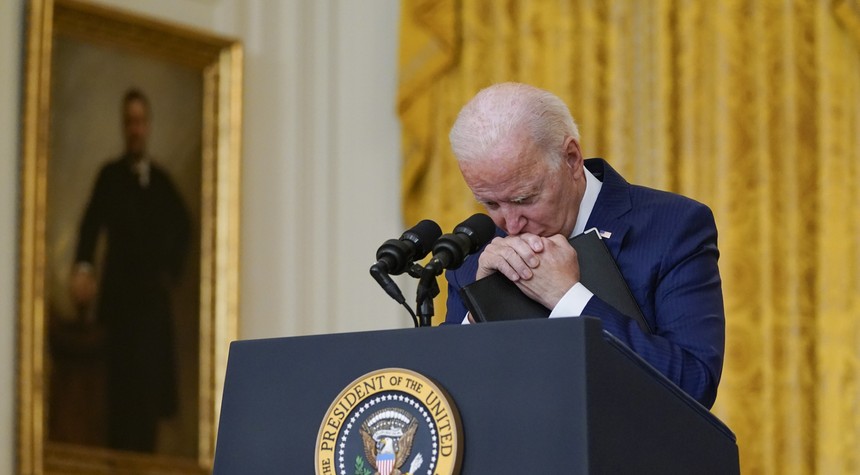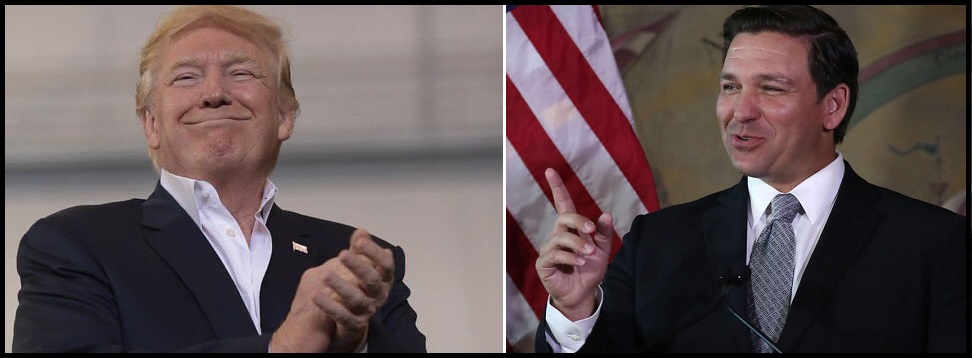As the highest ranking officer in the United States armed forces, the Chairman of the Joint Chiefs of Staff (CJCS) is the primary advisor in military matters to the President, Department of Defense, Homeland Security Council, and the National Security Council. Do the skill sets and history of political activism of the current nominee, General Charles Q. Brown, qualify him to lead the country’s military during these turbulent times?
“Even the finest sword plunged into salt water will eventually rust.” – Sun Tzu
The United States military’s reputation and mission readiness are in free fall, and diversity, equity, and inclusion programs (DEI), which pervade the armed services, bear much of the blame. General Brown supports, promotes, and defends DEI passionately and unapologetically. Plunging enlistments, declining public trust and confidence in the highest echelons of command, lowering physical fitness and aptitude standards, and plummeting military power ratings are the result of these self-inflicted wounds. Just as saltwater tarnishes a sword, DEI erodes the fabric of trust, competence, and unit cohesion.
General Brown represents DEI in euphemistic terms that are palatable to the public and allude to fairness and equal opportunity. But DEI has deep Marxist roots based on critical theories, where merit is minimized, and power structures are based on identity, oppression, and racism. It is a stealth weapon devised by academics that breeds conformity of thought, marginalizes members of organizations solely due to superficial characteristics, and engenders favoritism. The Air Force faces a 2000 pilot deficit, but General Brown’s priority is not focused on this crucial concern but rather the racial and sexual distribution of the pilots he commands.
His unwavering support of identity-based quotas and DEI imperatives is sufficient to justify and rationalize the purge of the depleted pilot corps of competent aviators that is composed of too many white males.
“Treat your men as you would your own beloved sons. And they will follow you into the deepest valley.” – Sun Tzu
With deep divisions within the military and the uncertainty of its ability to defend the country, General Brown’s leadership style comes into question. An effective leader cannot adhere to an ideology that denigrates many of those under one’s command. Leadership embodies Eisenhower’s humility as it relates to blood and sacrifice, the qualities imbued in Shakespeare’s St. Crispin’s Day Speech, and Chiang Kai-Shek’s testimony to morale and spirit.
General Brown has served as the Air Force Chief of Staff since 2020. The Heritage Foundation’s “2023 Index of Military Strength” notes that under his tenure the Air Force’s military strength has descended from “marginal” in 2021, to “weak” in 2022, and to the lowest mark of “very weak” in 2023. Brown’s command style prioritizes diversity, but the inexorable diminution of military strength raises grave concerns about the practice. The intentional selection of personnel based on race and ideology, prompted the watchdog group the American Accountability Association to file a complaint about possible violations of the Constitution for illegal hiring practices.
Within a month after the George Floyd incident, General Brown, who was serving as Pacific Air Force Commander, publicly voiced his private opinions. In an emotional presentation, the general departed from the military’s customary practice of remaining silent on political issues. HIs rendition of the events personalized the tragedy but lacked context and served as an indictment of America as intrinsically racist. Despite being a beneficiary of an Air Force career that few achieve, he revealed himself as a person consumed by bitterness and self-righteousness rather than a sage leader striving for solutions and assuring his subordinates that justice would be served. His words evoked concerns about his temperament and penchant for analyzing complex problems through a racial lens.
General Brown has not resisted the temptation to opine boldly in public about controversial political issues. The public’s trust in the military has been trending downward for the past 20 years and is approaching historic lows. High ranking officers have become openly political, eschewed impartiality, quibbled, or openly lied to the public. Why would members of the military, whose members represent generations of men and women whose reputations are based on honesty, trust, and integrity, emulate the ethos of members of Congress, whom only 9% of Americans rate “very high” or “high” in these character traits?
The choice to install General Brown as the next CJCS is overtly political. The public should be skeptical of the general’s contentious leadership style which is anchored in DEI ideology—a Marxist derived philosophy, which he has aggressively instituted throughout the Air Force. During his term as Air Force Chief of the Staff, the Air Force has experienced a precipitous drop in morale, recruitment goals, mission readiness, and personal standards. As CJCS, is he willing and able to convey sensitive information relating to national security to the highest reaches of government without introducing personal bias? There are too many red flags. The new CJCS must heal the military’s gaping wounds and restore its traditional priorities of ability, service, and unity without regard to phenotype.
General Brown is not up to the task.









